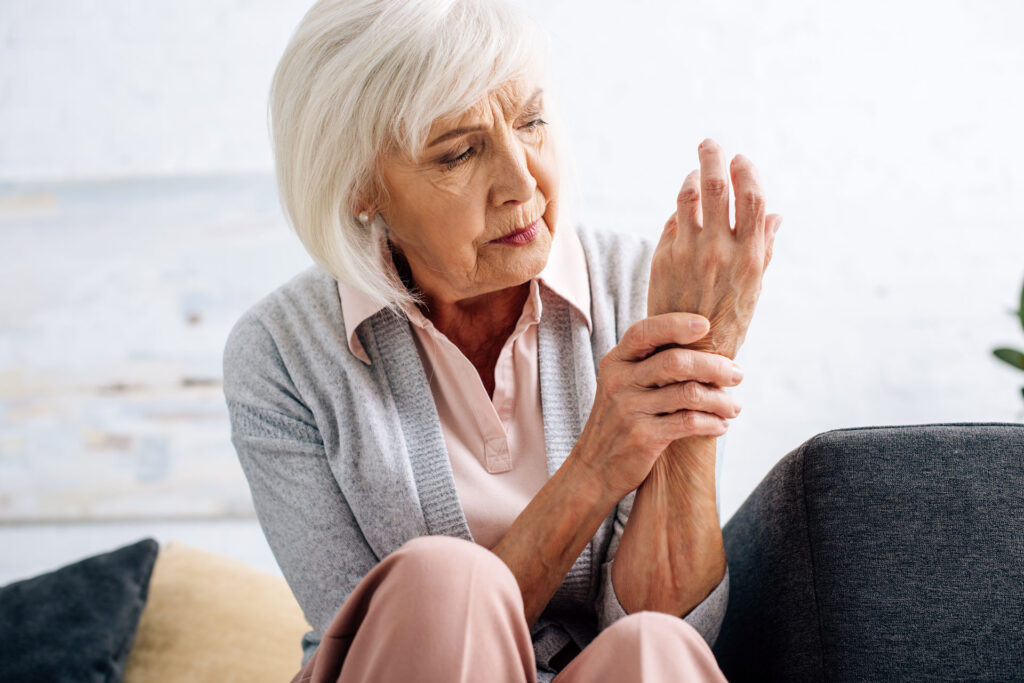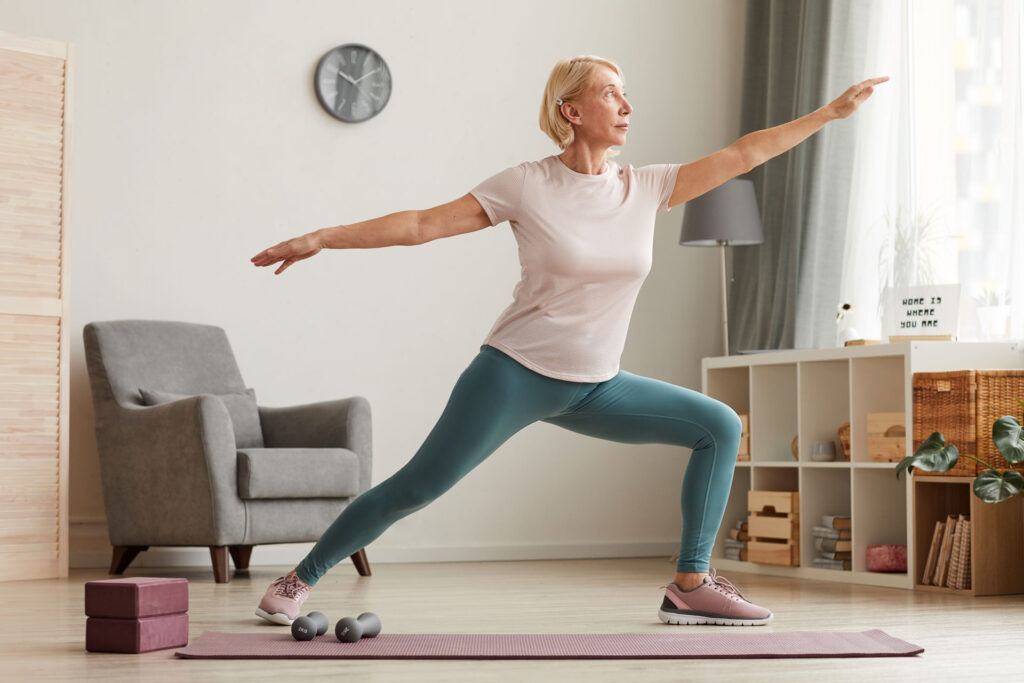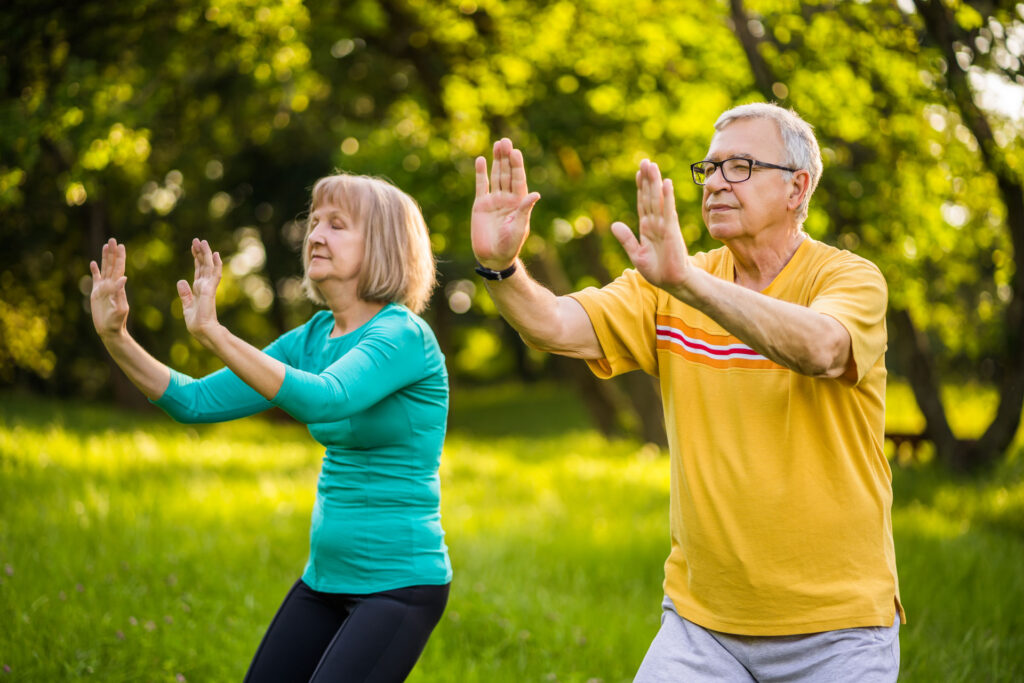According to the Centers for Disease Control and Prevention (CDC), more than 20% of American adults have been diagnosed with some form of arthritis. And the chances of being diagnosed with arthritis increase with age. As one of the most prevalent medical conditions in the US, there is a high probability that you or someone you know has been diagnosed with arthritis. Fortunately, there are effective ways to alleviate the pains associated with arthritis.
What Is Arthritis?
Arthritis is the inflammation and/or swelling of the joints and has a variety of symptoms that depend upon which type of arthritis has been diagnosed. Some of the most common forms of arthritis include:
- Osteoarthritis
- Rheumatoid Arthritis
- Fibromyalgia
- Gout

Managing The Symptoms of Arthritis
When practiced regularly, there are several effective methods to reducing the painful symptoms associated with arthritis.
Stay Active
Physical activity is a simple and effective, non-drug way to relieve arthritis pain. Being physically active can reduce pain, improve function, mood, and quality of life for adults with arthritis. Regular physical activity can also reduce your risk of developing other chronic diseases, such as heart disease and diabetes. It can help you manage these conditions if you already have them.
Stay as active as your health allows, and change your activity level depending on your arthritis symptoms. Some physical activity is better than none.
–CDC


Physical Activities That Help Relieve Arthritis
Low-impact aerobic activities do not put stress on the joints and include brisk walking, cycling, swimming, water aerobics, light gardening, group exercise classes, and dancing.
For major health benefits, do at least:
- 150 minutes (2 hours and 30 minutes) of moderate-intensity aerobic activity, like cycling at less than 10 miles per hour, or
- 75 minutes (1 hour and 15 minutes) of vigorous-intensity aerobic activity, like cycling at 10 mph or faster, each week. Another option is to do a combination of both. A rule of thumb is that 1 minute of vigorous-intensity activity is about the same as 2 minutes of moderate-intensity activity.
In addition to aerobic activity, you should also do muscle-strengthening activities that involve all major muscle groups two or more days a week.
Muscle-strengthening exercises include lifting weights, working with resistance bands, and yoga. These can be done at home, in an exercise class, or at a fitness center.
Flexibility exercises like stretching and yoga are also important for people with arthritis. Many people with arthritis have joint stiffness that makes daily tasks difficult. Doing daily flexibility exercises helps maintain range of motion so you can keep doing everyday things like household tasks, hobbies, and visiting with friends and family.
Balance exercises like walking backwards, standing on one foot, and tai chi are important for those who are at a risk of falling or have trouble walking. Do balance exercises 3 days per week if you are at risk of falling. Balance exercises are included in many group exercise classes.
–CDC
Other Ways to Manage Arthritis
Aside from physical activity, there are a number of other effective ways to manage your arthritis including:
- Learning self-management strategies
- Working with your doctor to manage your symptoms
- Maintaining a healthy weight
- Refraining from taking part in physical activities that are hard on the joints
